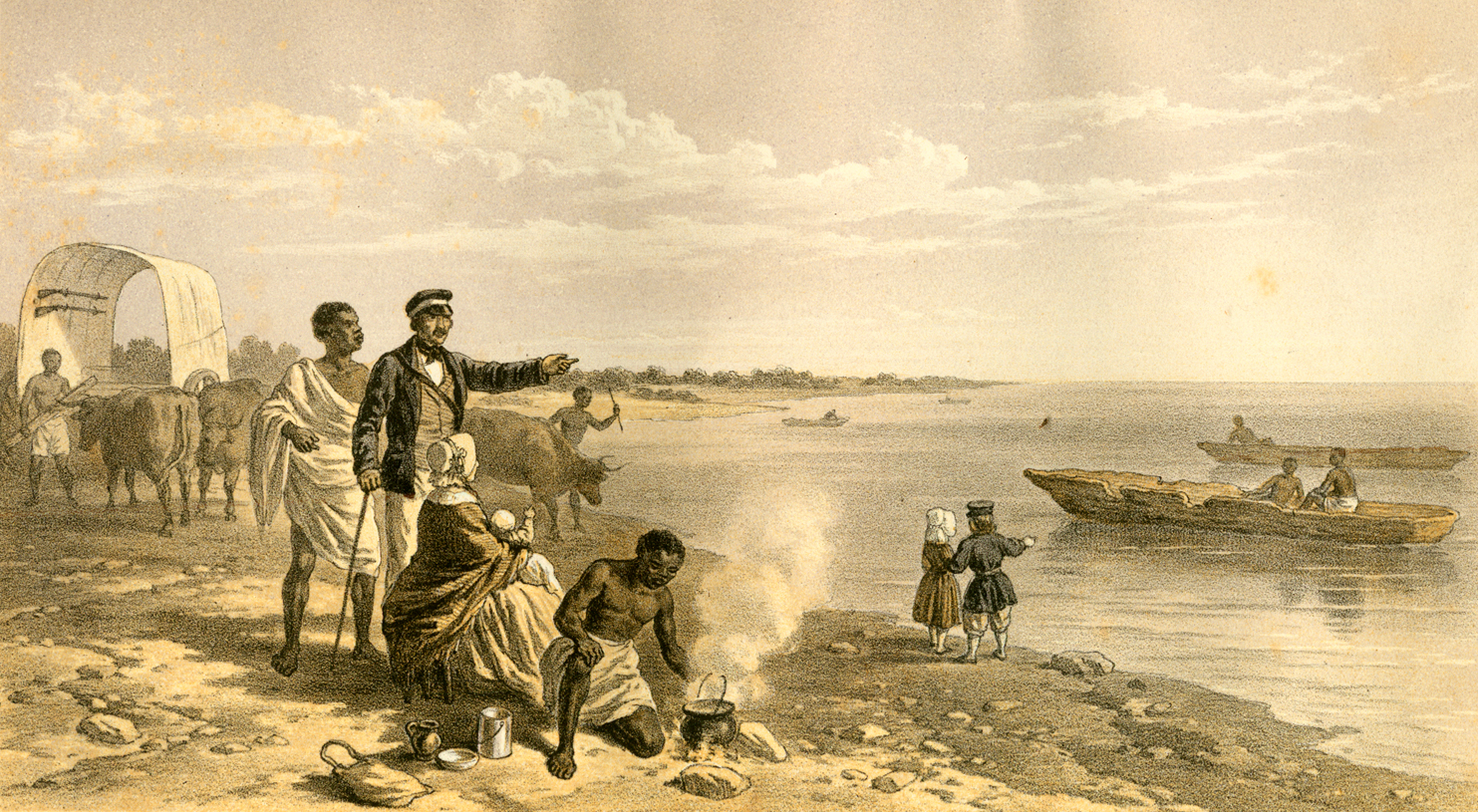The Africa Journals
Chapter 40
Dr. Livingstone,
I Presume?
Part 2
Livingstone was missing.
He’d not been heard from for several years. Apparently the Dark Continent had swallowed
him and stories ran rampant. He was rumored
to be held captive; he was reported to be dead by porters who claimed they saw him struck in the spine with an axe.
His many admirers in England were anxious for any news of
the medical missionary who had captured their imaginations with his exploits in
Africa. They pressed the government to
send a rescue caravan to find him.
Livingstone, that is Dr. David Livingstone, was a national hero
in England and highly regarded for his exploration of the unknown interior of
Africa. He was on his third trip, this
time to find the source of the Nile River, the longest river on earth. This was the paramount goal in the mid-
1800s, the grail of exploration.
Born into poverty in 1813 in Glasgow, Scotland, he was the
second of seven children. While still a
child, he worked 14 hour shifts in cotton mills. He put himself through medical school, then
entered the London Missionary Society seminary. Sent to southern Africa in 1840 to set up missions, dispense religion
and medicine, he found exploring much to his liking.
 |
| Discovering Lake Nagami, 1849. From Princeton's Livnigstone collection. |
Already, he’d walked across the unmapped interior of Africa
from east to west, surviving the diseases, warrior tribes, and predatory
animals in the country. An attack by a
lion had broken his arm. He set it and stitched up the wounds himself, without anesthesia, but it left him
with a crooked arm. Now in his mid-fifties, Livingstone suffered from malaria and dysentery. He was traveling in areas known to be inhabited by cannibals. All this, and more, in a country where the average life expectancy of a white man was six months.
It was during these travels that he witnessed the horrors of
the slave trade in the country.
 |
| Africans captured by Africans to be sold as slaves. |
Arab slavers raided village after village, capturing men,
women, and children and selling them into slavery. The Portuguese purchased captives from
Africans who had captured other Africans, and sent them to northern Arabia,
India, Persia and China. The Arabs also
purchased Africa-captured slaves and sold them in northern Africa and Turkey. Slaves from eastern Africa went to India,
Persia, and Arabia.
| Arabs raiding village for slaves. Based on drawing by H.H. Johnson for a London newspaper. |
From the Portuguese stronghold in eastern Africa, slaves
went to England, Denmark, Holland, Sweden, and France. Those captured in western Africa went to America,
the Caribbean, South America, Mexico, and Europe. A cholera epidemic in Zanzibar decimated the
population, including the cheap labor slaves, and now, during Livingstone’s
trek, slaving was a lucrative trade.
Massive Arab slaving caravans numbering into the hundreds roamed
the continent and they were well aware of Dr. David Livingstone. They came across him regularly, occasionally
carrying his letters to the coast for shipment to England. Sometimes, they destroyed his missives, knowing
they contained his written evidence of their slave practices.
Slavery appalled Livingstone. While he was still in England, he had mounted
a campaign to stop slavery, speaking publicly and often.
Now, the great explorer was missing.






Thanks for the History lesson!
ReplyDeleteIrene
We are always .. totally and completely amazed .. at the work and the study you put into your phenomenal posts. We can not imagine the above journeys across Africa by Dr. Livingstone. Wonderful .. Cap and Patti
ReplyDelete